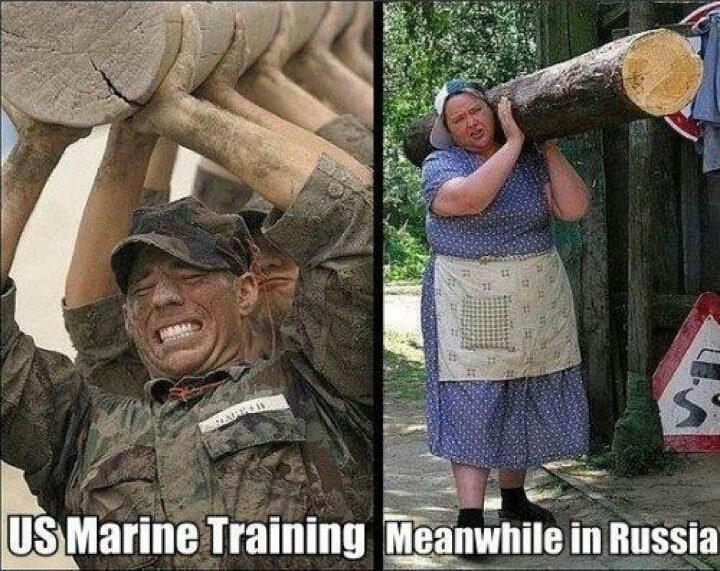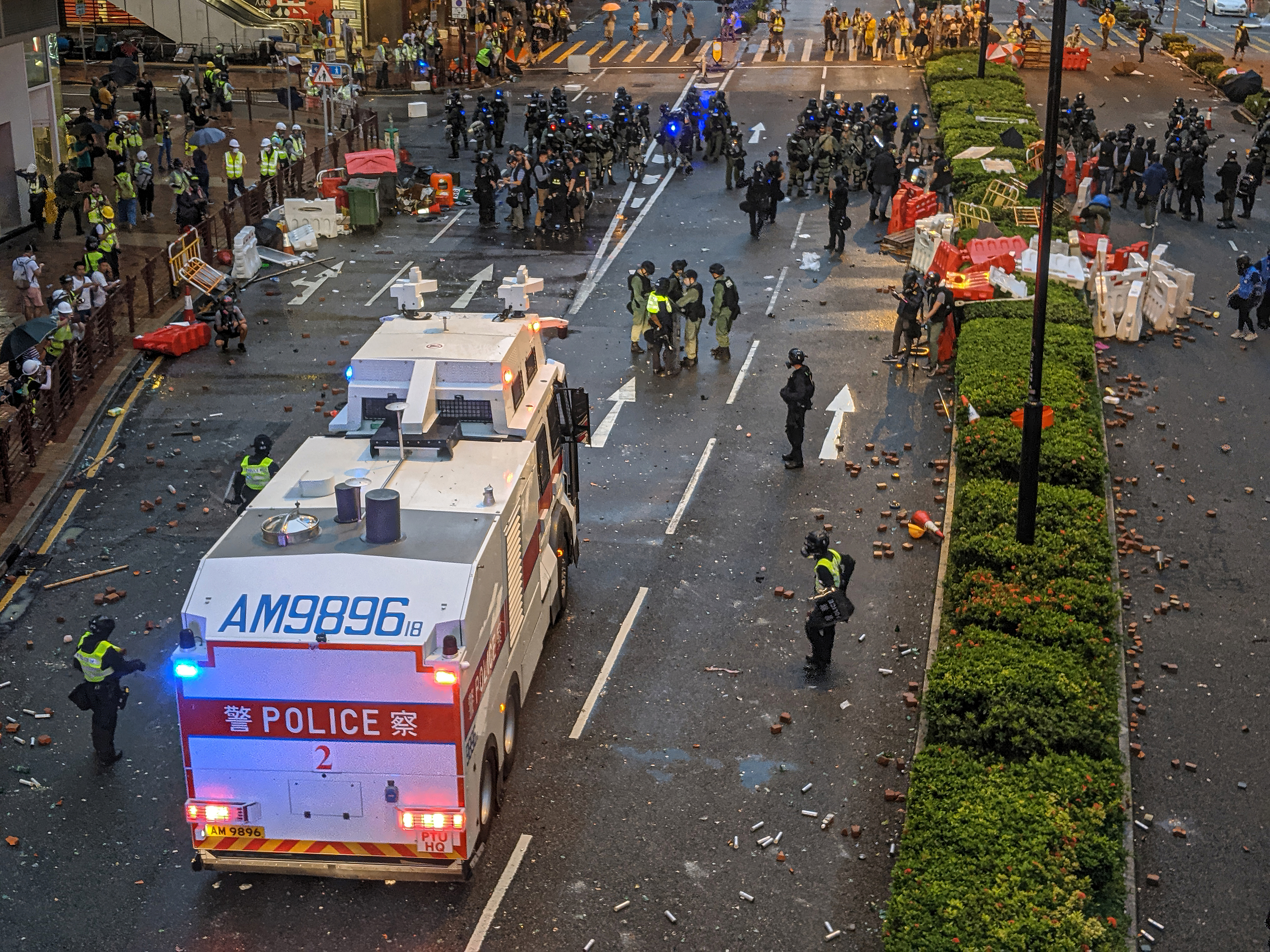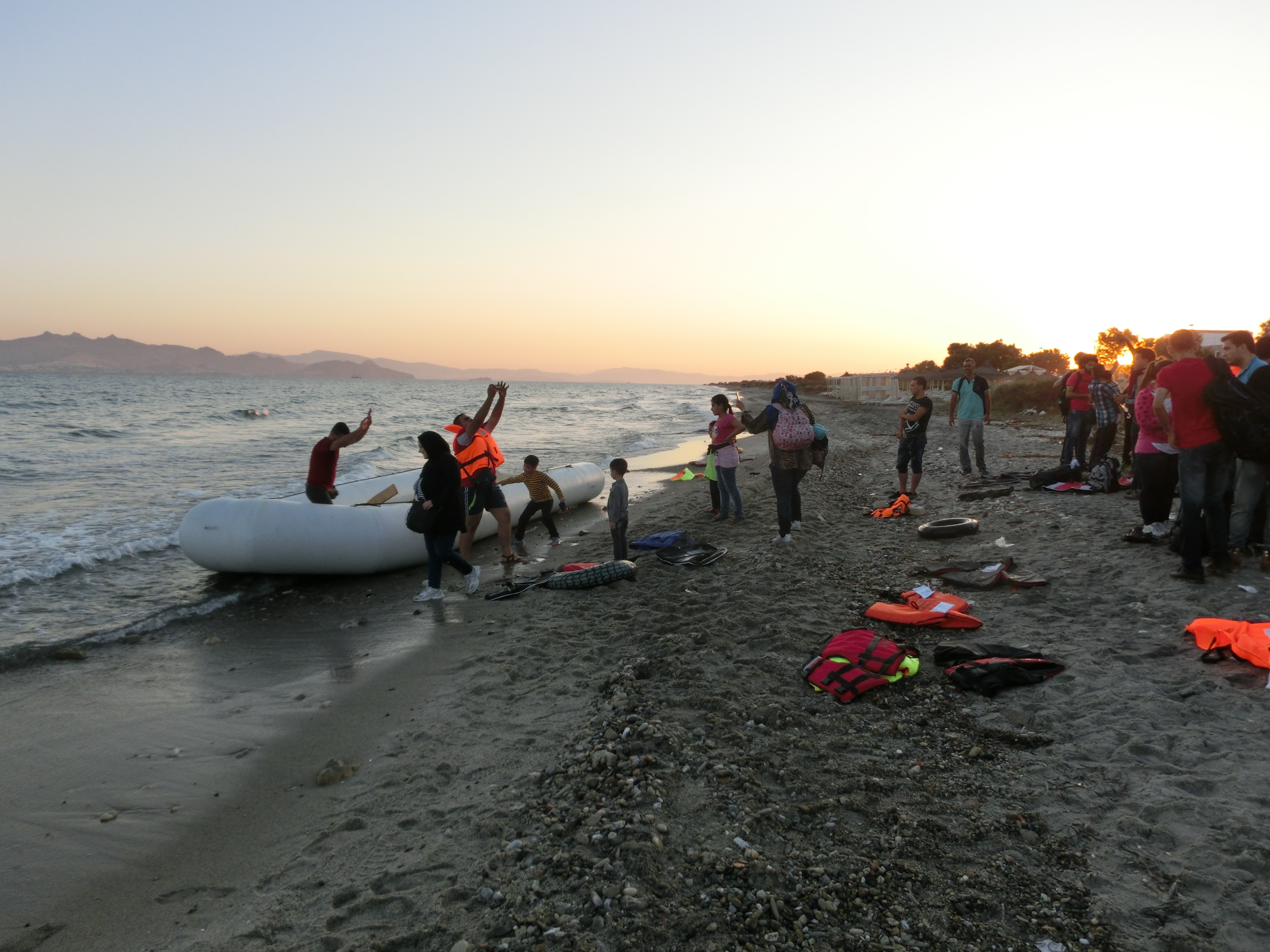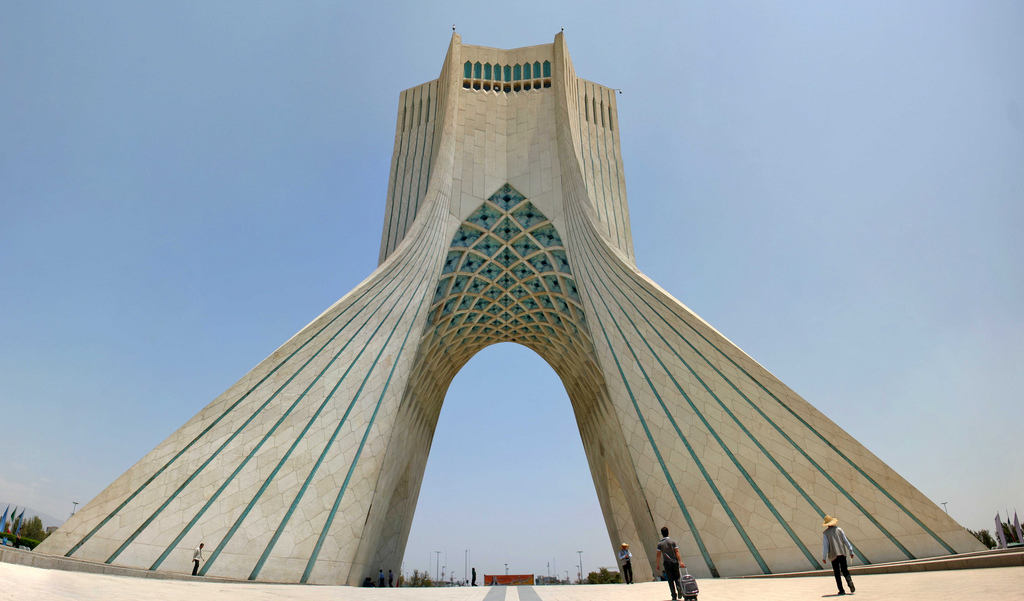By Kristine Eck
The Defense Department recently notified Congress that it will open up nearly 14,000 jobs to military women that will place them even closer to the front lines of combat. More controversially, various sections of the US military are currently revisiting their ban on women in infantry positions. For the Marines, this means admitting women to the Infantry Officers Course in Quantico, though they cannot be sent into combat without the authority of Congress. Similarly, the Army is considering whether to overturn regulations excluding women from infantry battalions. This would potentially open up elite units like the Army Rangers to women, which has elicited some strong reactions, mostly recently a Wall Street Journal op-ed arguing that women don’t belong in Ranger training programs, much less in combat missions.
I come at this topic from the perspective of civil war, where many rebel groups use women troops on the frontline, including for missions that resemble Army Ranger operations in terms of endurance and physical strength. To my thinking, these rebel groups provide a sort of natural laboratory for studying women’s inclusion in infantry units (and elite ones at that). Do the sort of problems arise that detractors fear?
From what I can tell, most critiques argue that inclusion of women leads to inefficiencies, for a number of reasons: 1) the issue of whether women can meet the physical requirements needed for frontline combat (for example, being able to extract an injured compatriot from the battle); 2) whether women would be able to endure the trials of difficult operations which include surviving behind frontlines in rough and hostile terrain; 3) whether the presence of women will distract men from their tasks or from the group-bonding important for teams working in combat situations.
Experience from rebel groups shows that none of these objections have proven terribly relevant. Take the Maoist rebels in Nepal, whose combat troops were composed of roughly 20-30% women. These women engaged in the same military operations as men, including carrying the injured off the battlefield. They trekked upwards of 300 miles across some of the roughest terrain in the world—the Himalayan foothills—which required them to live in harsh guerilla conditions for upwards of 6 months at a time. And group cohesion was largely unaffected, thanks to extensive training that emphasized discipline in respect to sexual activity (which was forbidden) and which insisted on norms of gender equality. The Maoists in Nepal are not the only rebel group who successfully deployed women combatants; they have also been found in conflict zones in Zimbabwe, Ethiopia, Angola, Sri Lanka, and Colombia (to name a but a few). I am not aware of any rebel group which has retreated from its policy of recruiting women into combat positions after having taken that decision, suggesting that rebel leaders consider women to be beneficial to their military operations.
While some rebel groups—mainly those with Communist roots—deploy women in combat for ideological reasons, many other rebels groups have turned to women combatants for the same reason as the US DoD: they have a body shortage issue and need to maximize recruitment efforts. Is it weird to use rebel groups to inform thinking about US military policy? Maybe. But if ill-trained, resource-poor rebel groups can implement the training necessary to overcome any issues women’s inclusion in combat troops may create, presumably an organization as professionalized as the US military can do so as well.









0 comments
Rebel groups’ recruitment decisions may not be informative for this debate, precisely because rebels are resource poor. They have little to offer to their soldiers as compensation and so they will have to bring in most people who are ideologically committed and can hold a gun. After all, a lot of rebel groups “recruit” child soldiers, but by definition children will not make good soldiers in a modern army (b/c they are physically inferior to adults).
I agree that most prominent objections to increasing women’s role in military service miss the mark at least, or outright offensive when worse.
That said I think there is a viable concern facing the DoD that has, as far as I know, never faced rebel groups. US military recruitment has targeted on men as primary combatants since the beginning of the republic. From an organizational vantage this means substantially altering a well entrenched organizational culture. Shortly put, culture shifts on this scale come with very real impacts on organizational outputs. I am no expert on armed rebel groups, but I imagine that from their formation such groups included women more directly into combat operations thus creating a more universally accepting culture.
Just because US military culture would have to undergo an impactful overhaul to include women on the frontlines is is my opinion no reason to forestall the change. The only reason US policy and military elites can maintain that women are less effective combatants is because women have never had the opportunity to show otherwise. And truly you are dead on that simple human resources math means that the DoD either needs a reason to push for a draft (fat chance) or undercut staffing orthodoxies. I agree with your overall point, but then I understand some of the underlying trepidation as well.